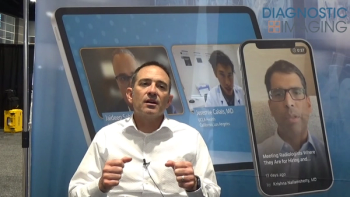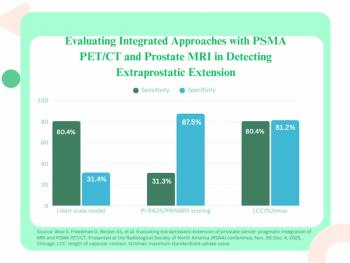
Voice Recognition Experts Offer Implementation Tips
Despite some of the proven benefits of voice recognition software, some radiologists still struggle to fit the software into their workflow. Here are some tips from some top VR developers.
Despite some of the proven benefits of voice recognition software, some radiologists still struggle to fit the software into their workflow. Here are some tips from some top VR developers.
1. Designate a champion. Just as with other major technology implementations, your department or practice should have a strong leader that believes in the software and sees its benefits, said GE Healthcare product manager Tim Kearns. That person can really help drive adoption.
2. Take stock of your radiologists and workflow before implementing. “Think through a change management plan,” said Jacques Gilbert, global marketing manager for radiology for GE Healthcare. And make sure you’ve communicated to the entire department or practice just why you’re making the transition.
3. Consider two waves of adopters. Assess who might be less inclined to jump on the VR bandwagon, and who might want to hang on to the transcriptionist for a bit longer. Then graduate the less inclined after the first group has proven the software’s success. Benchmarking their improved turnaround time might add a bit of peer pressure to encourage those who are dragging their feet, Gilbert said.
Cadet agreed with a phased in approach. “For an organization that keeps a transcriptionist on board, you can ease into it. Have some do it, others not, and in time the others will often make their way into it,” he said.
4. Don’t fear the technology. M*Modal’s Don Fallati encouraged radiologists not to be daunted by past experiences with the technology or old horror stories. “The amount of physician training and enrollment are much quicker than they ever were in the past,” he said.
Newsletter
Stay at the forefront of radiology with the Diagnostic Imaging newsletter, delivering the latest news, clinical insights, and imaging advancements for today’s radiologists.




























